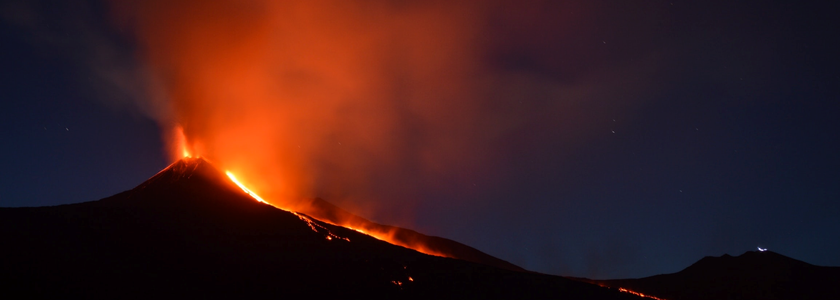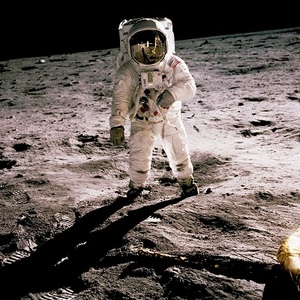

When we think of the Moon, we envision a desolate, rocky body, covered in dust. However, the Moon has more similarities to Earth than you may have previously thought. Like Earth, the Moon has an outer crust, followed by a mantle, and then an inner core of solid iron. During the Moon’s early history, portions of the lower crust and mantle were largely composed of magma. These layers of magma routinely bubbled up to the surface, resulting in lava flows.
The Moon is thought to have formed around 4.5 billion years ago. Much of the Moon’s volcanic past is thought to have occurred during its first few billion years of existence. During the various lunar missions in history, rocks have been taken from the surface of the Moon to be studied. In fact, 85 percent of the rocks that have been taken from the Moon occurred during the Apollo missions. What they found was that some of the rock was a type of hardened lava, called basalt. There are also surface features that have been studied on the Moon that were left over from volcanic eruptions. Unusual surface features on the Moon’s surface are called “irregular mare patches” (IMPs) by scientists. The creation of these patches was a direct result of volcanic activity. They are noted on the surface as smooth rounded mounds that are surrounded by notably rougher terrain.
During the past decade, scientists at NASA have studied images taken during the Apollo missions, and found a particularly large IMP that they named INA. Based on its features, they theorize that it formed around 100 million years ago, during a time that was widely believed to be free of active volcanoes. The thought of spewing volcanoes on the Moon during the dinosaur age is quite a cool thought.
